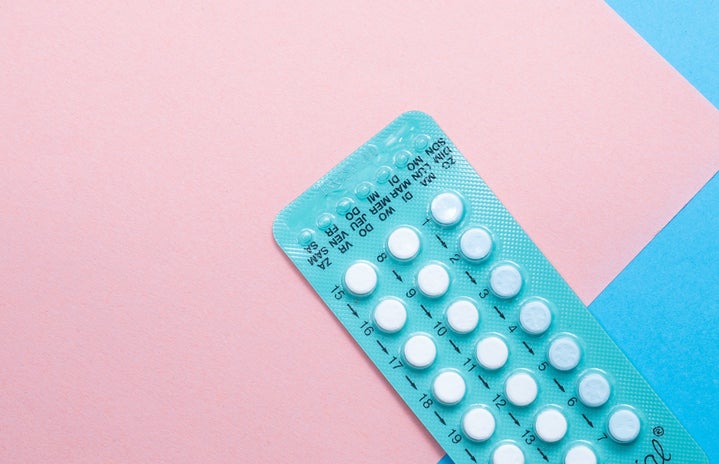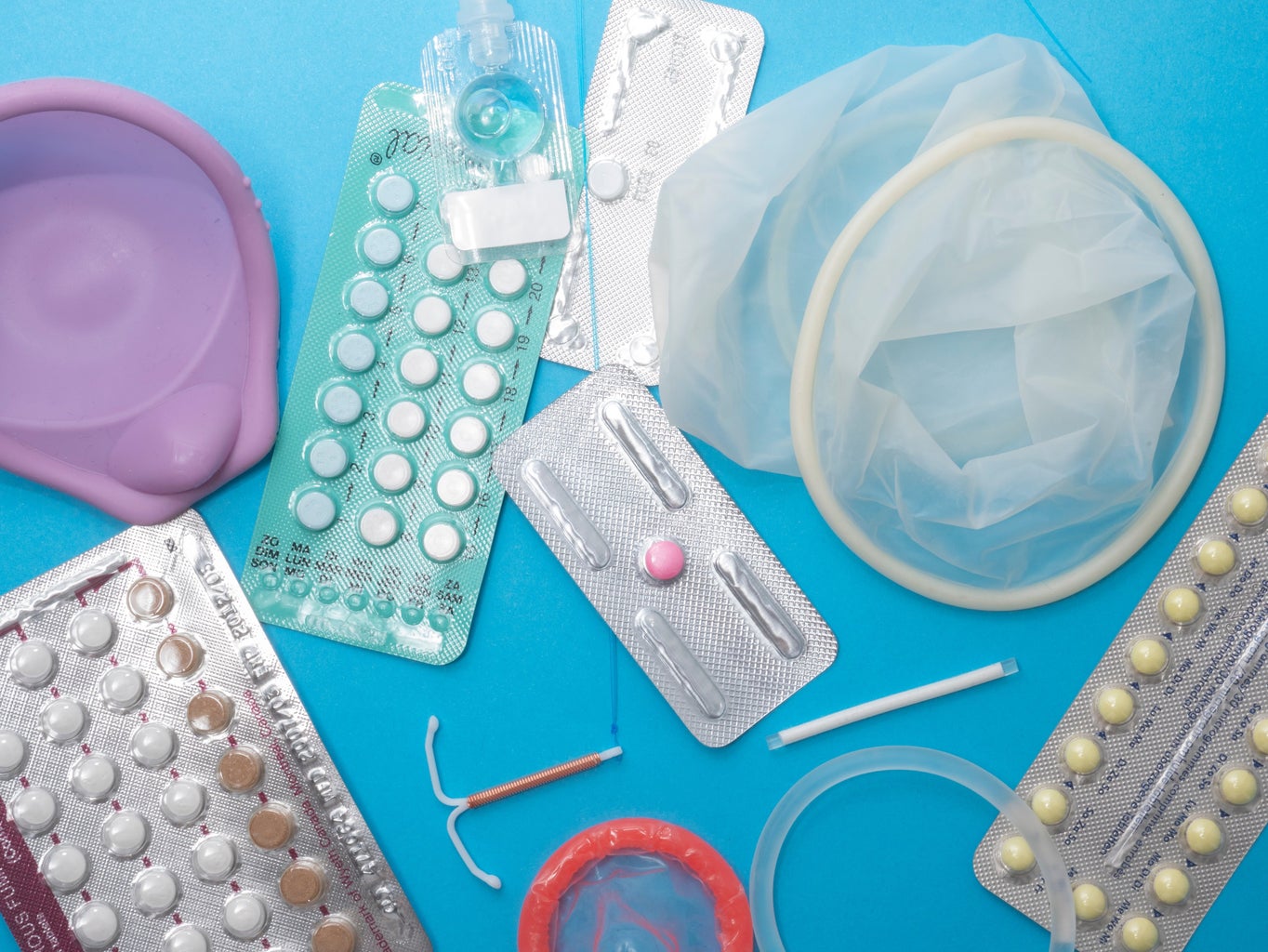Birth control options such as the pill and intrauterine devices seem like modern twenty-first century advancements, but technically they have been around for over 60 years. And turns out, they have not had a great history. Access to birth control is definitely a modern feminist idea, and typically we think of our birth control as safe and effective, but there has been a lot of trial and error to get to this point, mostly at the expense of marginalized groups like poor women and BIPOC women.
Margaret Sanger
The birth control pill was the brainchild of Margaret Sanger, with some Eugenics philosophy sprinkled in. (if you don’t know what Eugenics is, it’s a sort of old timey Darwinian philosophy that some races of people are superior to others). Sanger had some pretty revolutionary ideas in 1954 but believed in harmful stereotypes about black women. Early birth control pills flooded clinics in predominantly poor communities of color for mostly two reasons: to monitor the effects of these women to this newly developed drug and to curb women of color from contributing to “overpopulation.” Intrauterine devices (IUDs) were also appearing in the public around this time. IUDs were also used in poor communities of color for the same reasons as the birth control pill. In some communities, black girls in high schools were involuntarily injected with Norplant shots (a hormonal type of birth control).
Effects of testing
Sanger catalyzed a mass movement in sterilizing, injecting, and medicating poor communities of color. Not to mention birth control pills and hormonal injections were also being tested on women in underdeveloped and poor countries such as Brazil, Africa, and India. The effect on these women was devastating. Hormonal levels were too high. In the 60s, birth control pills contained about 10,000 micrograms of progestin and 150 micrograms of estrogen, compared to today’s levels at 50-150 micrograms of progestin and 20-50 micrograms of estrogen. That’s a huge difference! High hormone levels in birth control pills had detrimental effects on women’s health. Early IUDs were also harmful. The Dalkon Shield (a type of IUD) is infamous for having caused serious life-threatening infections and created infertility in unknowing users. Depo-provera (a hormone contraceptive that is injected in the arm) was actually a cancer drug.
Available to the public
Birth control pills were finally deemed safe and were released to the general public, albeit at the expense of poor communities of color. Luckily, many around the world have access to safe and reliable birth control, no longer based on the principles of Eugenics.

It is important to recognize this history and the amount of suffering and inequality that created our modern and safe birth control methods. This history is integral in understanding birth control in the past, present and in the near future.


